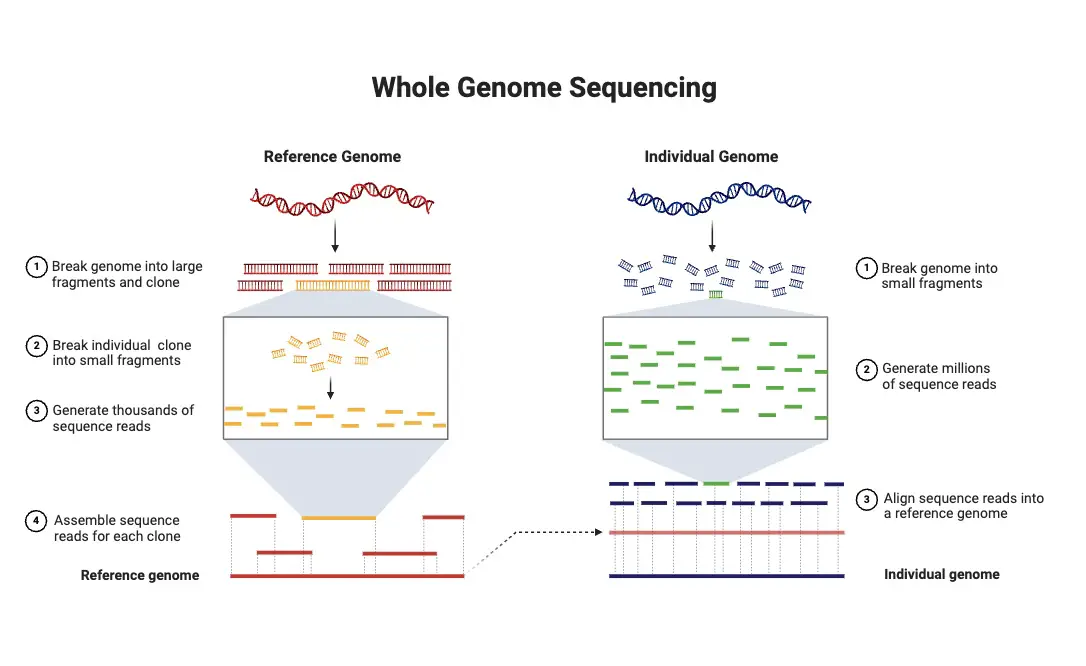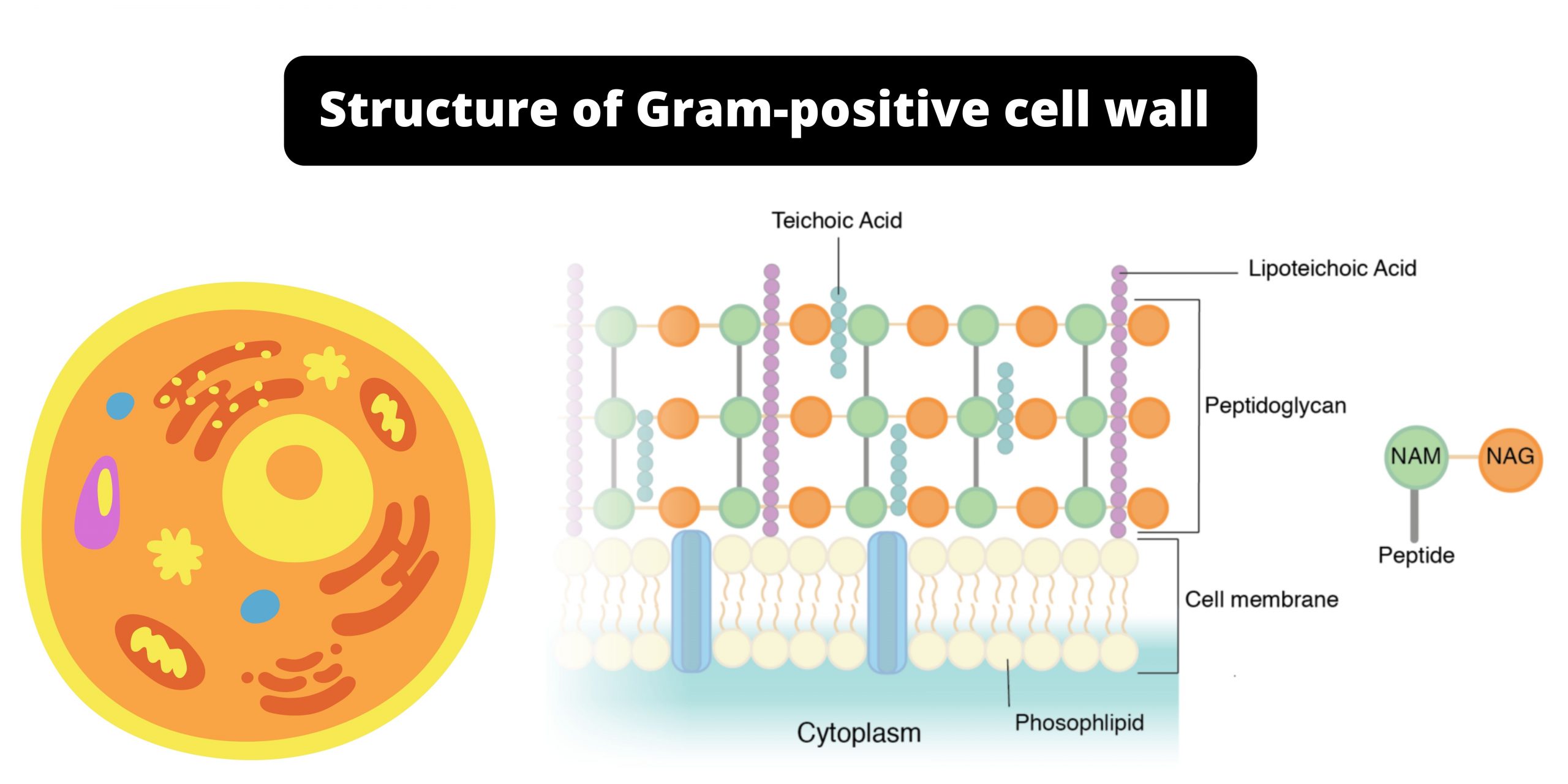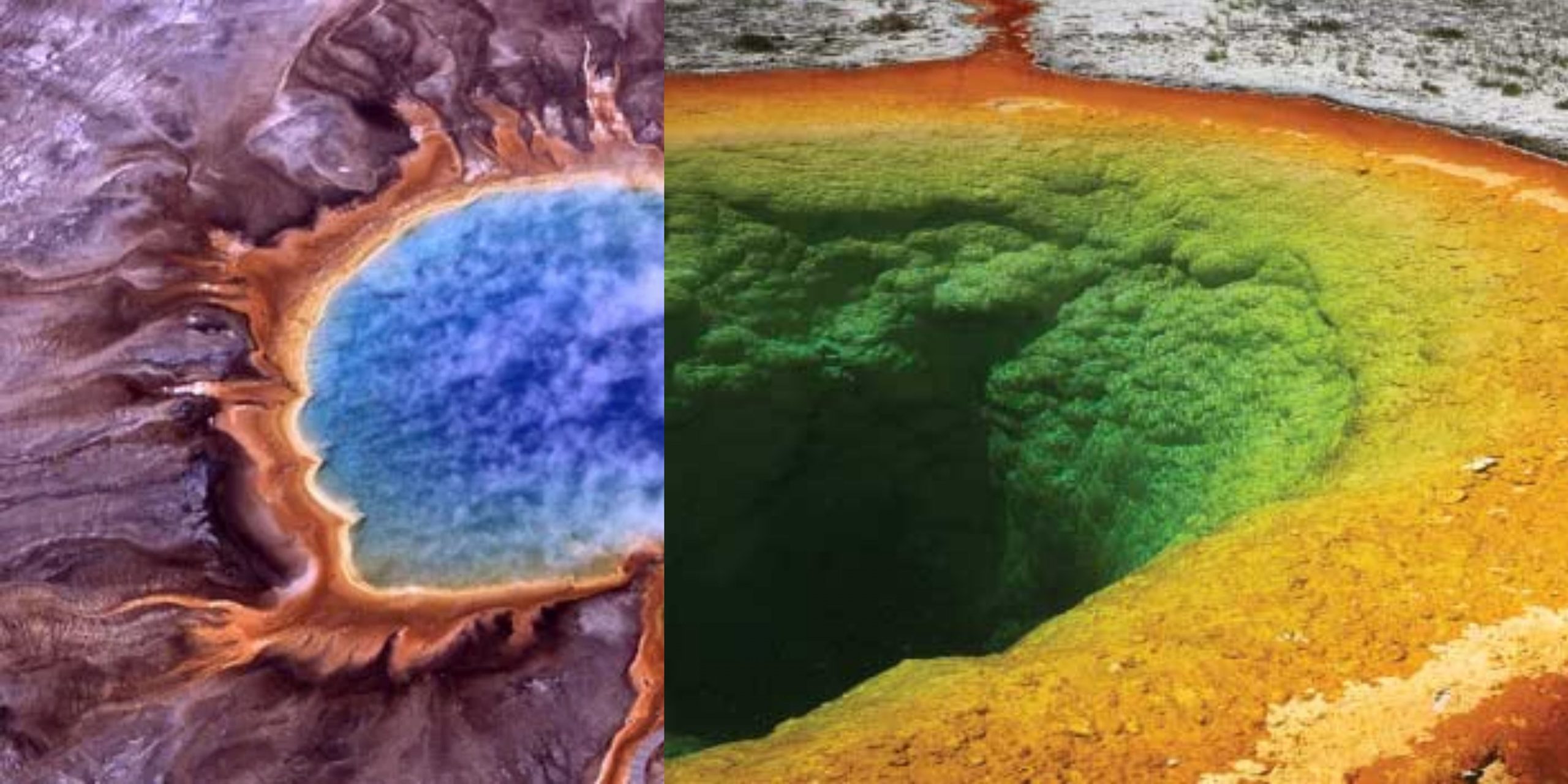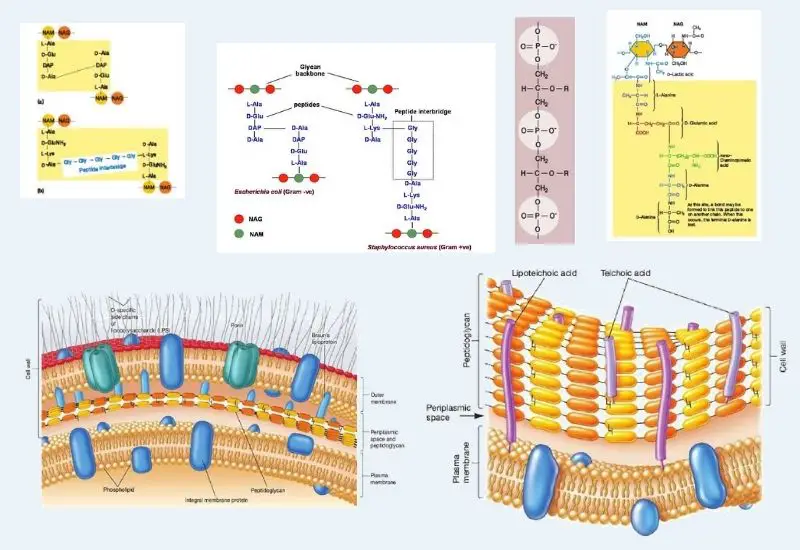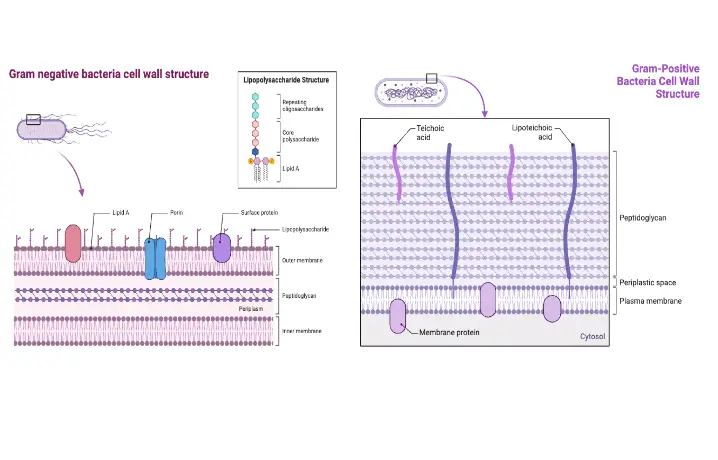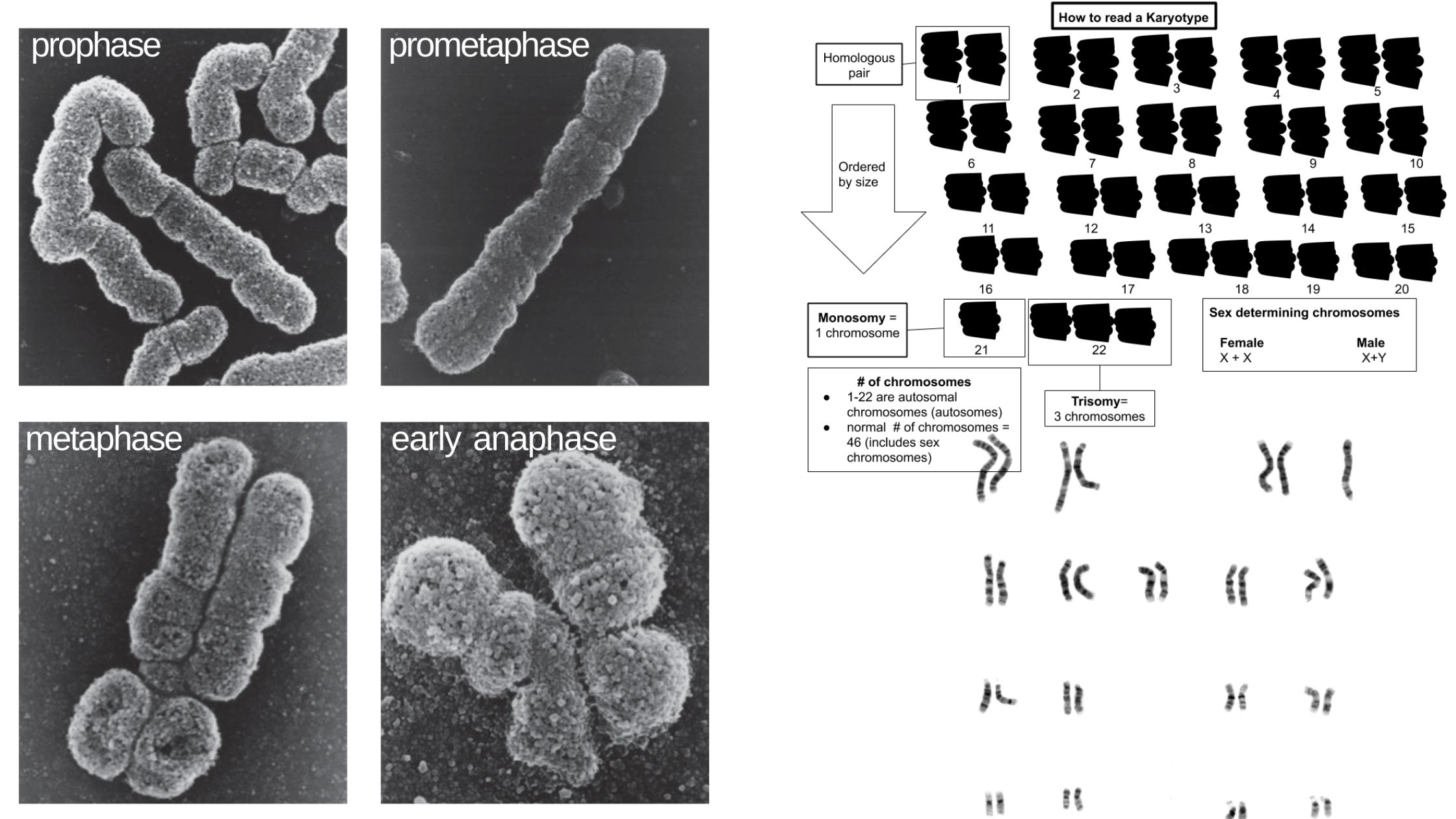Python Programming Language in Bioinformatics
What is Python Programming? Programming in Python refers to the process of creating computer programmes using the Python programming language. Python is a high-level, interpreted programming language renowned for its readability and simplicity. It was developed by Guido van Rossum and published for the first time in 1991. Python is extensively employed in numerous fields, … Read more


